SOMEBODY SOMEWHERE – Season Two
Grappling with loss and acceptance, a middle-aged Kansan woman discovers herself and a community of outsiders...

Grappling with loss and acceptance, a middle-aged Kansan woman discovers herself and a community of outsiders...


The American Heartland (that vast swath of farms, small cities, and suburbs so often reduced to mere “flyover states”) is both the setting and antagonist of the hopeful slice-of-life dramedy Somebody Somewhere. Back for a second season, and already renewed for a third, this tenderly drawn narrative brings into full relief the poignant pace of life in Manhattan, Kansas, a place where not much happens—at least by Hollywood standards.
Built around the unique talents of renowned comedian and cabaret performer Bridget Everett, and infused with details from her own life, season 2 continued to invest in the strengths of the first year: an impeccable cast of actors, a wickedly raunchy sense of humour, and a steadfast patience for letting its character’s lives unfold slowly and beautifully as they navigate painful memories, bad habits, and a desire to self-sabotage.
A deft team of writers and producers—led by creators Hannah Bos and Paul Thureen, including Everett and the Duplass Brothers—bring an achingly human perspective that doesn’t shy away from the messiness of life, but embraces it. And in doing so makes space for people and places that are so often overlooked. While our cultural stereotypes about the Midwest reduce the region to being the purview of churches, cornfields, and working-class white people, Somebody Somewhere paints a fuller, more accurate representation of the area that includes all of those things but is by no means limited to it.
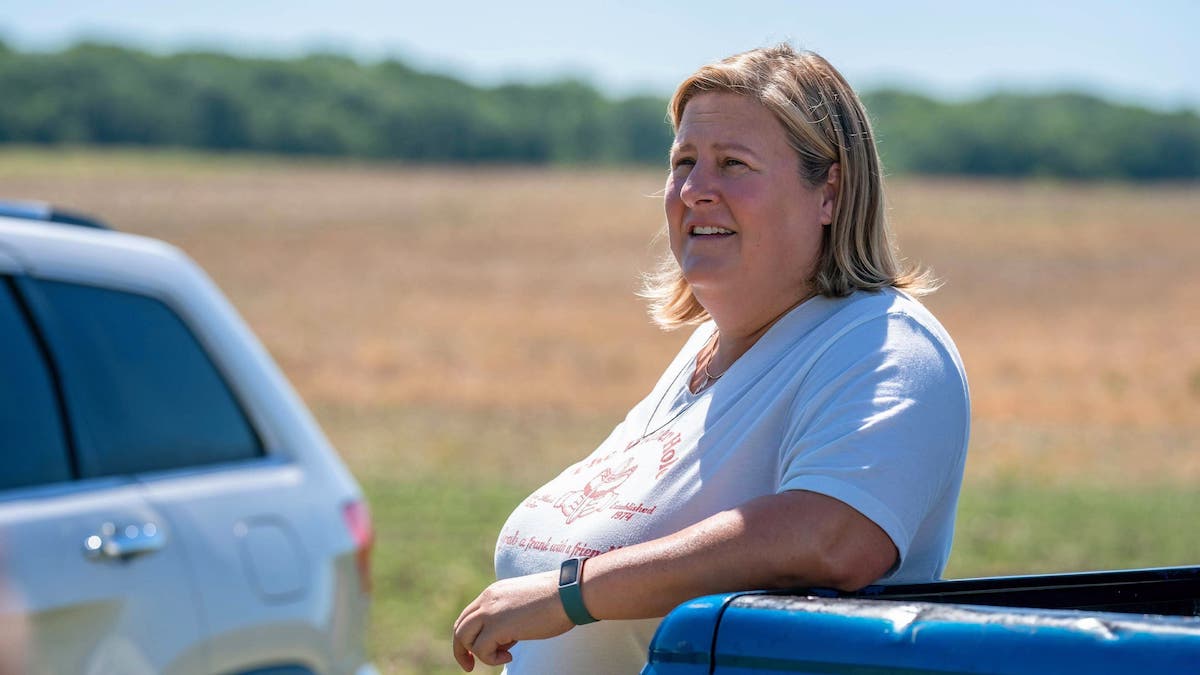
The characters of Somebody Somewhere push against the constraints of their surroundings, but are also replenished by the beauty and simplicity of it. The series is filled with stunningly simple establishing shots of the town and countryside, immersing the viewer in a very particular time and place, though nothing is ever how it appeared at first. The setting, the characters, and the show itself are beyond easy characterisation. And none embodies this more fully than Everett herself as she dives deeper into the main character, and her semi-autobiographical proxy, of Sam Miller.
Season 1 followed Sam in the early stages of grief after the death of her sister Holly, and tracked her progression back to the land of the living as she began a friendship with Joel (Jeff Hiller) and struggled against challenging family relationships with her alcoholic mother (Jane Brody) and overbearing sister Trisha (Mary Catherine Garrison). These next seven episodes chart Sam taking two steps forward into a more vulnerable and authentic life, and one big step back into herself…
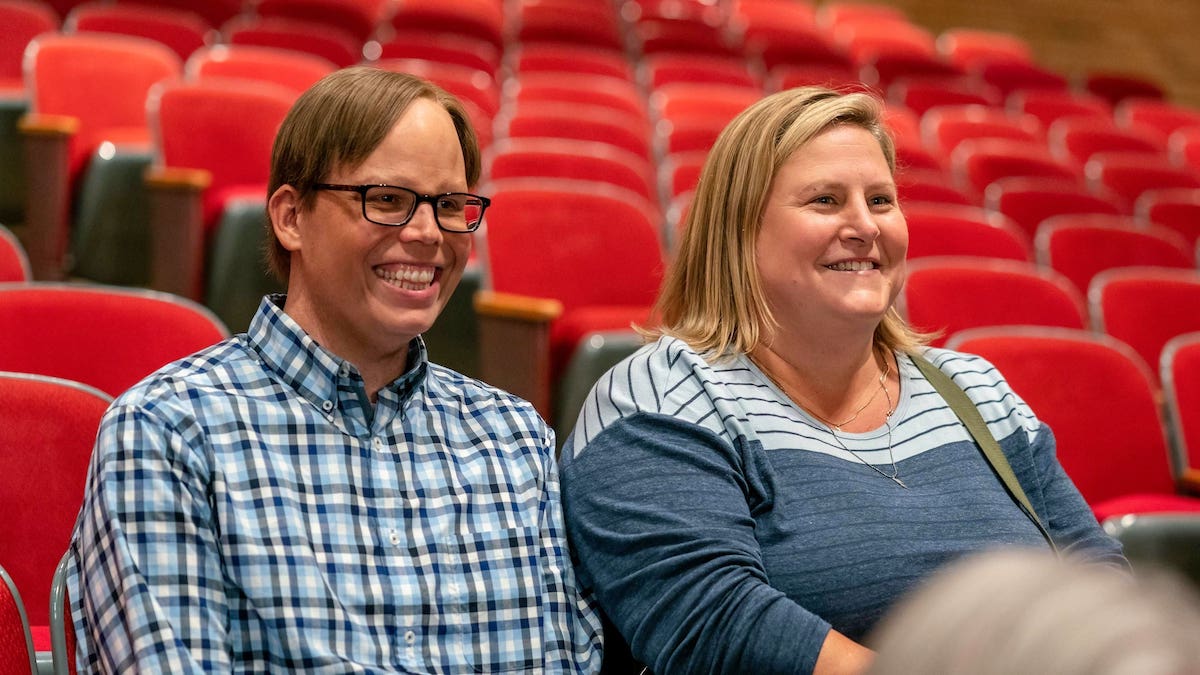
The early episodes are full of a bubbly co-dependency between her and Joel, now living as roommates so Joel can rent his home to boarders, including a riotous scene where both struggle separately with explosive digestive ailments. But the high of this platonic love affair doesn’t last. Though temporarily buoyed by Joel’s energy and the delightful rituals of their new friendship, Sam is hindered by her fear of intimacy and cripplingly resentful of those who find it in others. As Joel inevitably does. Though she craves freedom from this fear, she struggles to overcome it and, in weaker moments, does her best to push the people around her away. Thankfully, this is a show that doesn’t let too long pass without a joke and a healthy dose of humour reinvigorates its darker moments. To some, this makes the show difficult to classify, but its commitment to rejecting tidy or streamlined narratives or tropes is what makes it so ambitious. For a show so filled with bodily humour and sex jokes, there’s a real sophistication in its treatment of the characters and their motivations. No moment is too small, or too silly, to be treated without the utmost attention.
A cornerstone of this show’s success is how it turns small and personal moments, that would be reduced to mere anecdotes on another show, into heart-wrenching portraits of vulnerability. Most often, these come when Sam sings—her one way to express the fullness of her heart and the pain she carries. When she seeks private voice lessons from an old teacher, Sam is forced to confront her insecurities and the progress she makes is slow and fragile.
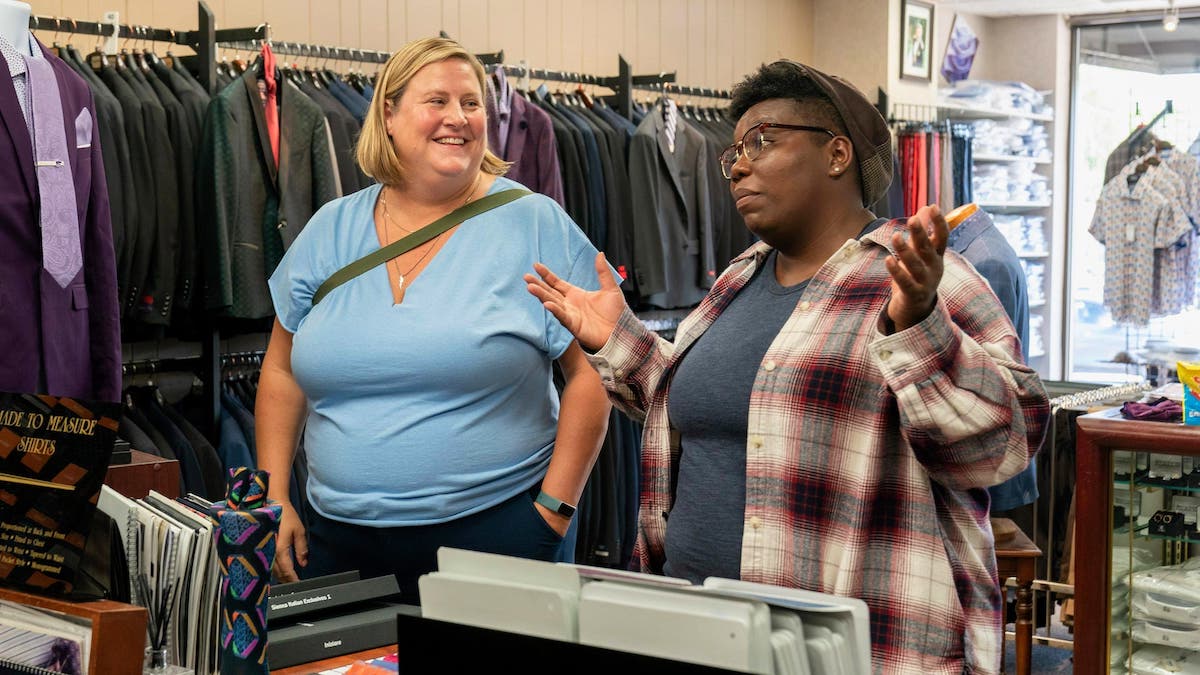
Though it’s clear singing gives her unbridled joy and freedom to be herself, it also unlocks a host of feelings she can’t fully control. When overcome with emotion, the camera doesn’t turn away but forces the audience to ride the wave with her; a reminder there’s no easy exit from complex feelings we’d rather move past. Uncomfortable and raw, these moments are the show’s greatest strength and capitalize on the deep bench of talented actors that populate the story. Each character has one or two of these moments throughout season 2, whether it’s throwing a temper tantrum in the privacy of one’s car, sitting quietly on a porch swing, or staring out at a vast expanse of soybean fields, each moment feels precious and human.
Everett is without question the show’s star and an absolute standout, but the supporting cast has plenty of moments to shine. Jeff Hiller’s excellent performance as Joel is as sweet and endearing as it is precise and restrained. Mary Catherine Garrison brings a much-needed edge and flintiness as Sam’s sister Trisha and serves as her perfect foil. Particular highlights this season include Trisha’s foray into the business of anatomically explicit pillow embroidery, a stark contrast from the family-friendly bric-a-brac she peddled in the previous season! Murray Hill’s ebullient portrayal of Fred Rococo infuses his every scene with charisma, and Tim Bagley is a welcome new addition.
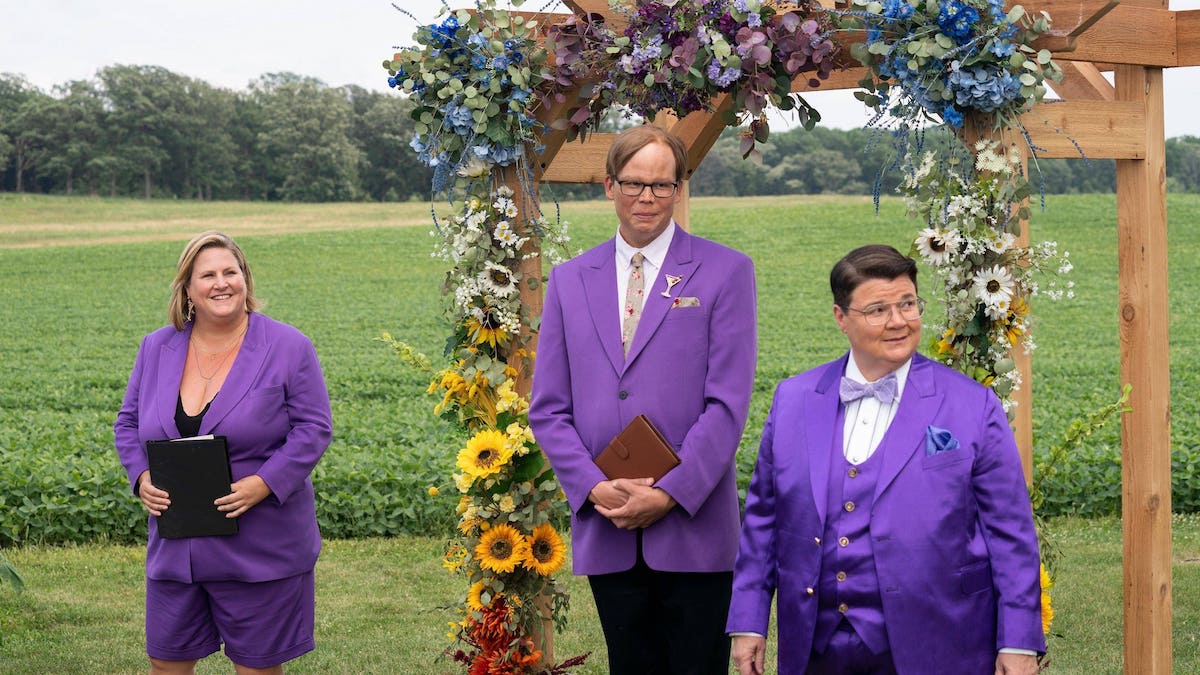
The slow pacing and light-handed approach to the plot may turn off more casual audiences in search of a more overt style and flashiness, but patient viewers are rewarded by a truly unique artistic achievement. Though it structurally adheres to a more conventional framework in breaking up the story beats, it diverges stylistically at pretty much every opportunity. The show’s commitment to diversity in its themes, narratives, and cast, never feels strained or superficial but an extension of the lived experiences of the people it portrays.
Far from being heavy-handed or didactic in its handling of queer and trans characters, in particular, no character’s identity is ever in question or made a source of conflict. Nor do the show’s creators flex to explain or justify the experiences of its queer characters. Each individual portrayed in the show is allowed to exist on their own terms, in conversation and community with everyone else. Once again butting against the perceived intolerance of the Midwest region, but reinforcing the show’s belief in the inherent goodness of the average person, no matter how messy or inconsistent. Even by today’s standards, this feels refreshingly progressive, though sadly all too necessary as the LGBTQ community is continually fighting to hold onto the rights they have justly secured.
Never pandering or sanitising, the risks Somebody Somewhere takes in portraying its characters fully and unabashedly may not pay off for everyone. The frequent and passionate use of profanity, while being the most notable contrast to the show’s down-home aesthetic, will certainly not land as humorously for everyone. But if you crave the sweet simplicity of a queer-friendly crowd-pleaser like Schitt’s Creek (2015-2020), but also yearn for the bawdy humour of Broad City (2014-19), Somebody Somewhere gives you all that and more.
USA | 2023 | 7 EPISODES | 16:9 HD | COLOUR | ENGLISH

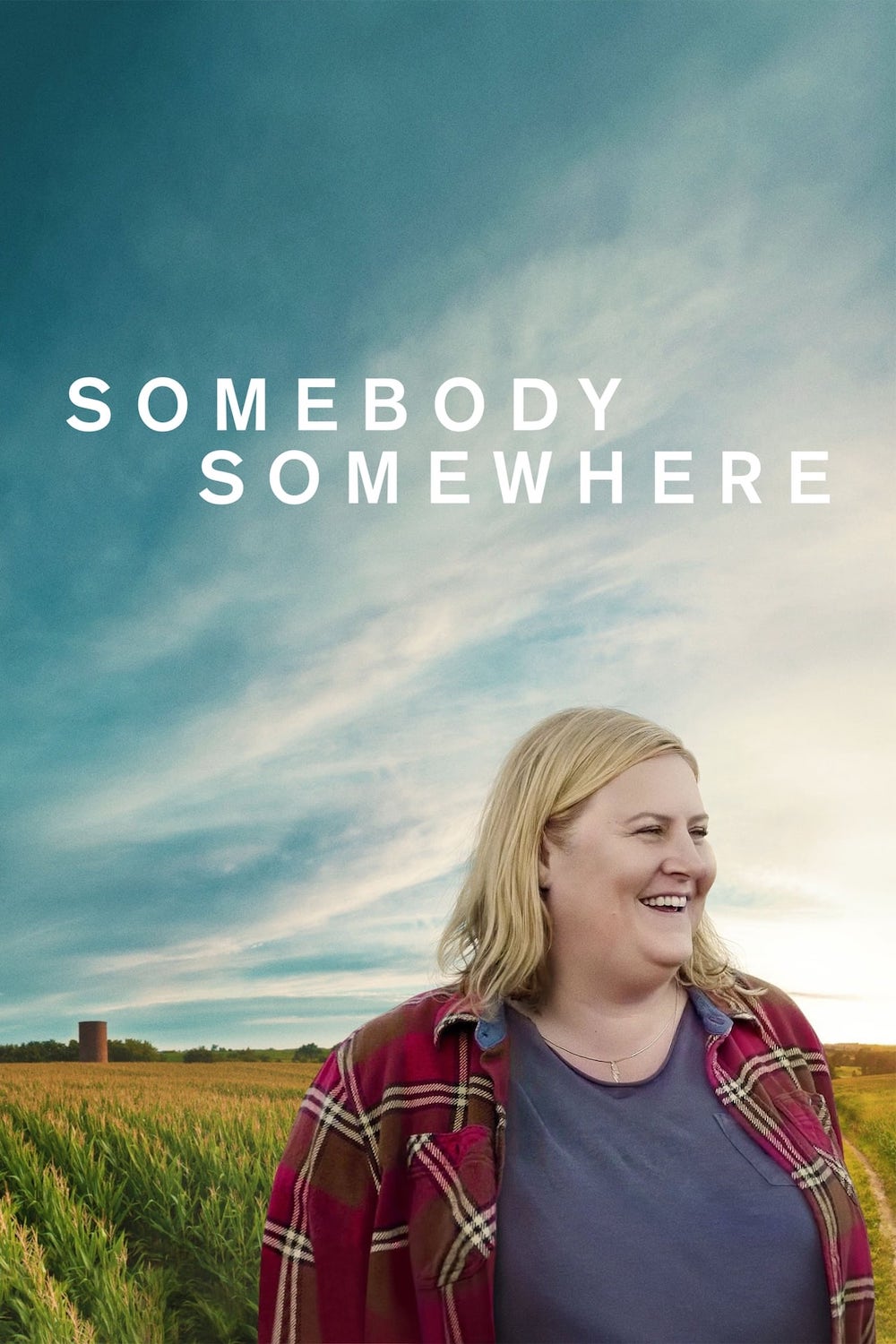
writers: Hannah Bos, Paul Thureen, Bridget Everett, Lisa Kron & Rachel Axler.
directors: Robert Cohen, Jay Duplass & Lennon Parham.
starring: Bridget Everett, Jeff Hiller, Mary Catherine Garrison, Murray Hill, Jane Drake Brody, Jon Hudson Odom & Heidi Johanningmeier.
